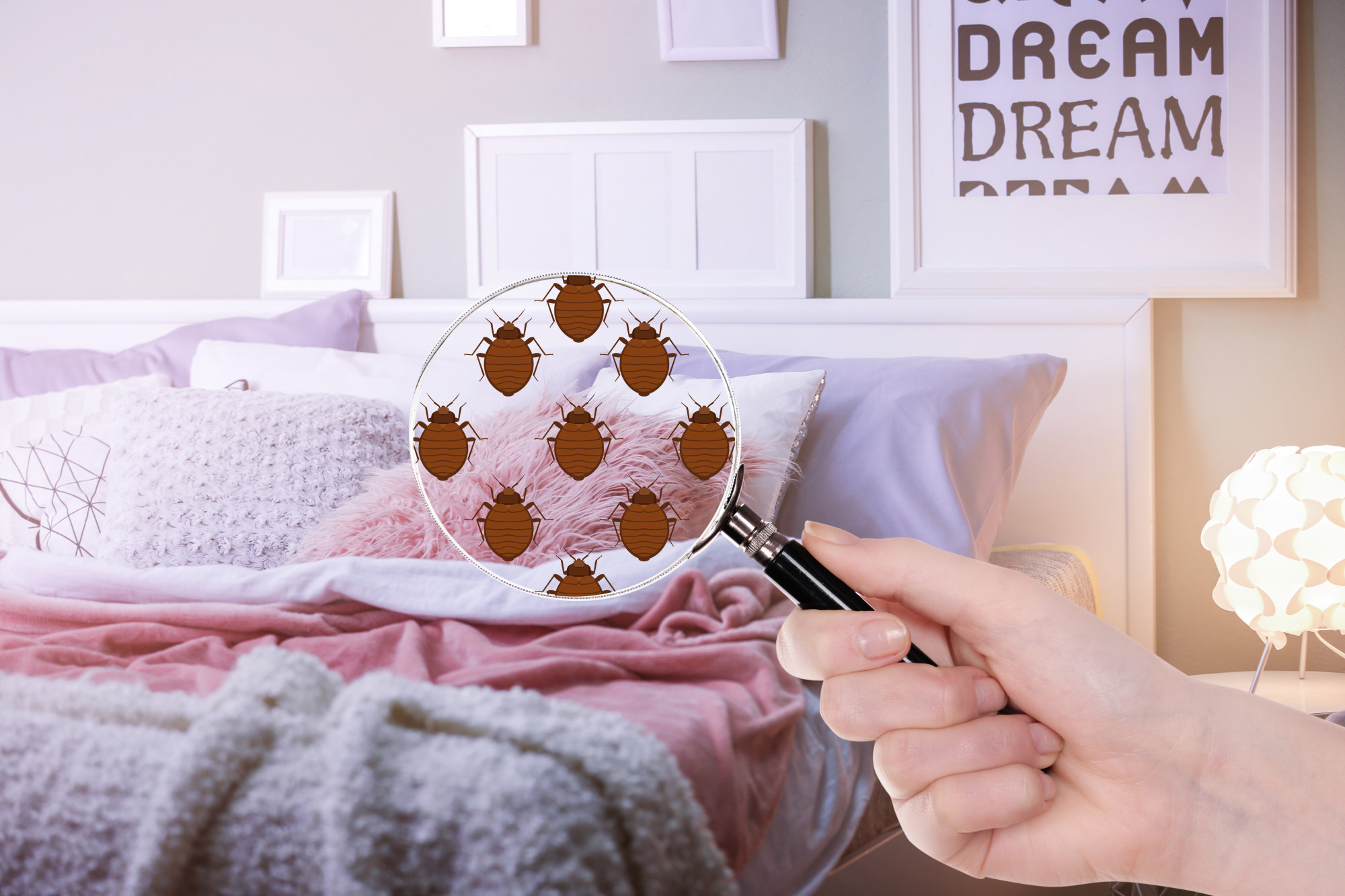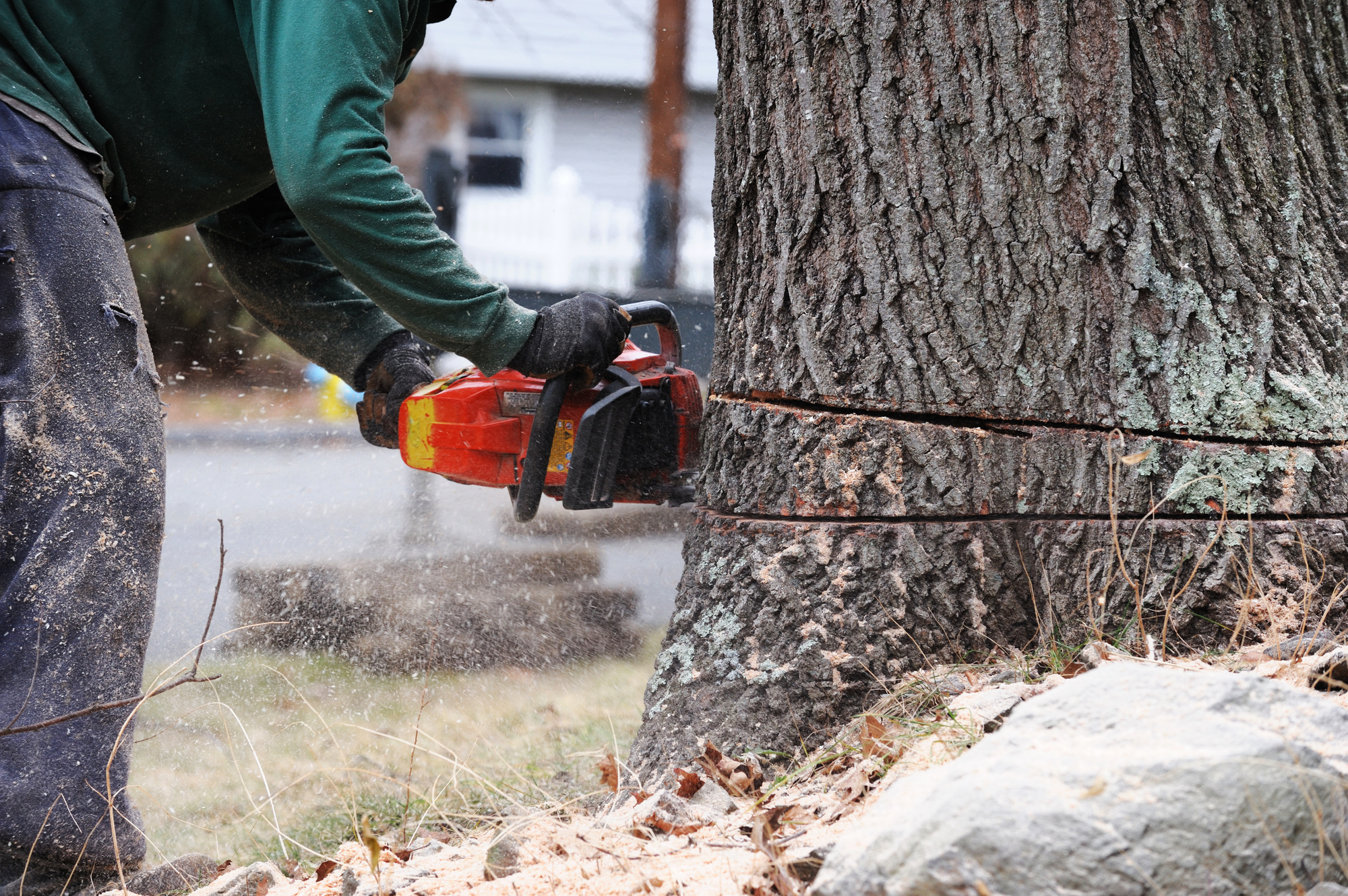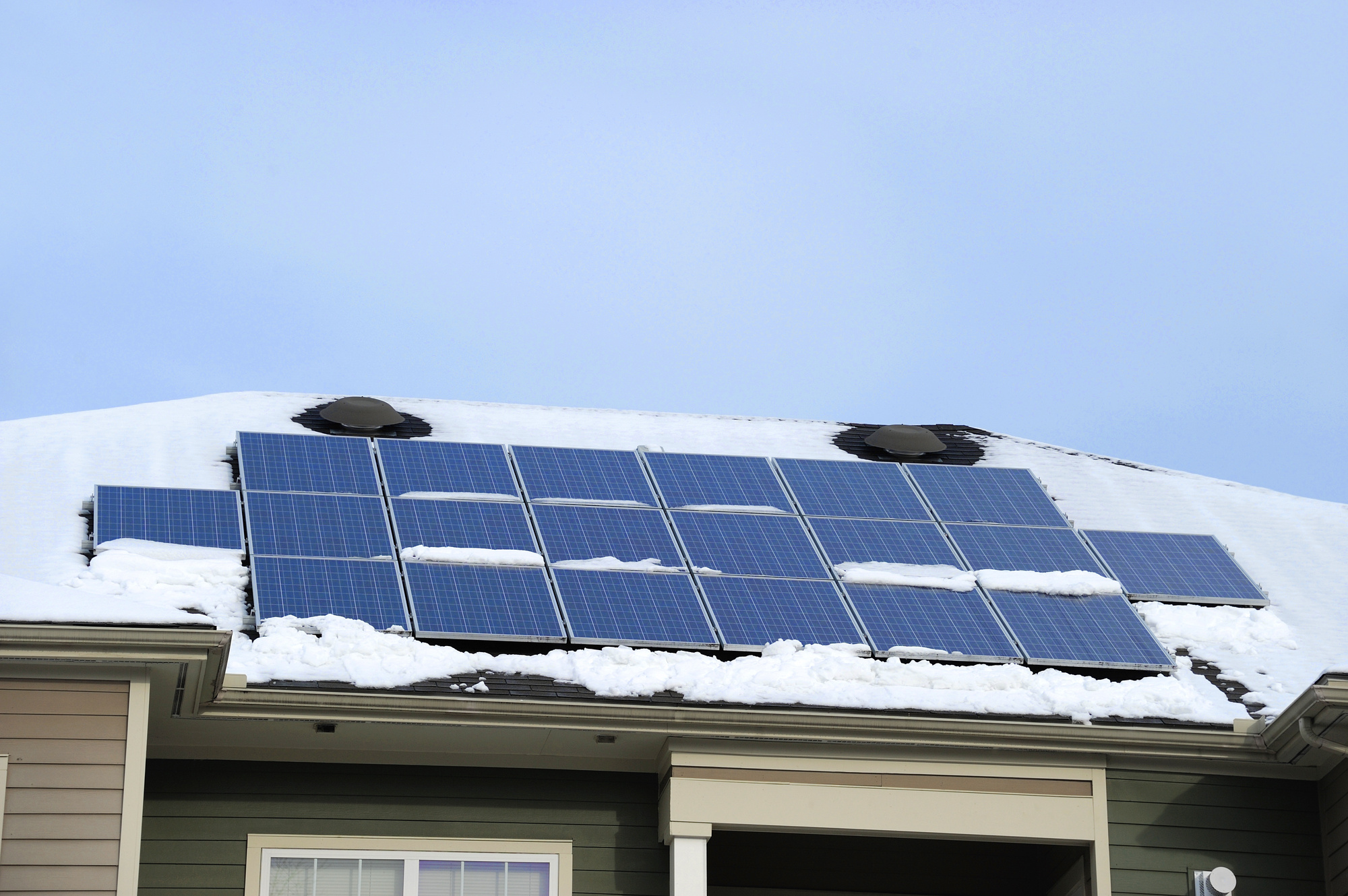Name a creature that feasts on your blood while you sleep?
No, we aren’t talking about vampires here. We’re talking about bed bugs.
They like to burrow into clothes, blankets, and even your walls, waiting to jump onto your skin for a little snack. And it’s not easy to get rid of them.
Fortunately, there are ways to do it that don’t involve exposing your family to harsh chemicals. Keep reading to learn why you should use an eco-friendly bed bug treatment in your home.
Why Eco-Friendly?
Bed bugs are resilient. This means they develop resistance to many chemical pesticides. Other methods, like heat treatments or steam cleaning, are often more effective than chemicals.
Since bed bugs can resist insecticides, Jordan Larson from Custom Bed Bug recommends using a professional bed bug exterminator to ensure any and all bugs are killed.
Also, bed bugs like to hide in little nests. They’ve been found hiding inside walls, behind picture frames, and even inside wheelchairs. So spraying them with chemicals makes it hard to get them all.
And when you use pesticides, you run the risk of creating more resilient bugs. They have a natural ability to adapt to chemical exposure. If this happens, you’ll spend even more time and money getting rid of them.
Eco-Friendly Bed Bug Treatment Options
Let’s take a closer look at some of the most common bed bug treatments.
Heat Treatment
Heat treatments are the most effective way to rid yourself of these little bugs. It only takes one heat treatment to kill them. Whereas chemical treatments can take up to three or four applications.
The treatment is best done by a professional. First, they seal off the windows and doors of your home. Then they’ll use professional heating elements to raise the air temperature in your home to 120 degrees F or higher.
Bed bugs can’t live in this extreme heat. They must sustain the temperature for up to 90 minutes to ensure that all the bugs die. If even a few bugs survive, you could have another infestation on your hands.
And no matter where they’re hiding, the heat will kill them and their eggs. It’s a much more effective method than pesticides. You can leave your home for a few hours and when you return, you’ll be bug-free!
Natural Products
There are a variety of plant-based sprays available on the market. They work best when the bugs are confined to a localized area. They also work in conjunction with heat treatment as an extra measure.
Certain essential oils like tea tree oil or lavender oil are effective for deterring bed bugs. Mix the oil with water to create a solution. Then spray the solution on infected areas.
Another option is diatomaceous earth. It’s a soft, crumbly rock that’s formed from the fossilized remains of diatoms. Because it’s a natural substance, it’s safe to use in your home.
Diatomaceous earth is a fine dust that you can spread on the floors and along wall cracks. It works by clinging to the bugs and drying out their bodies. But it won’t hurt mammals.
Don’t Let the Bed Bugs Bite!
The right bed bug treatment depends on your situation. But it’s always best to try eco-friendly treatments first.
Talk to your exterminator about the treatment services they use before you sign on the dotted line. This ensures you don’t get stuck with harsh pesticides and chemical-resistant bugs!
Looking for more eco-friendly pest control tips? We have a whole section of our website dedicated to eco-friendly homes. Check it out now!










